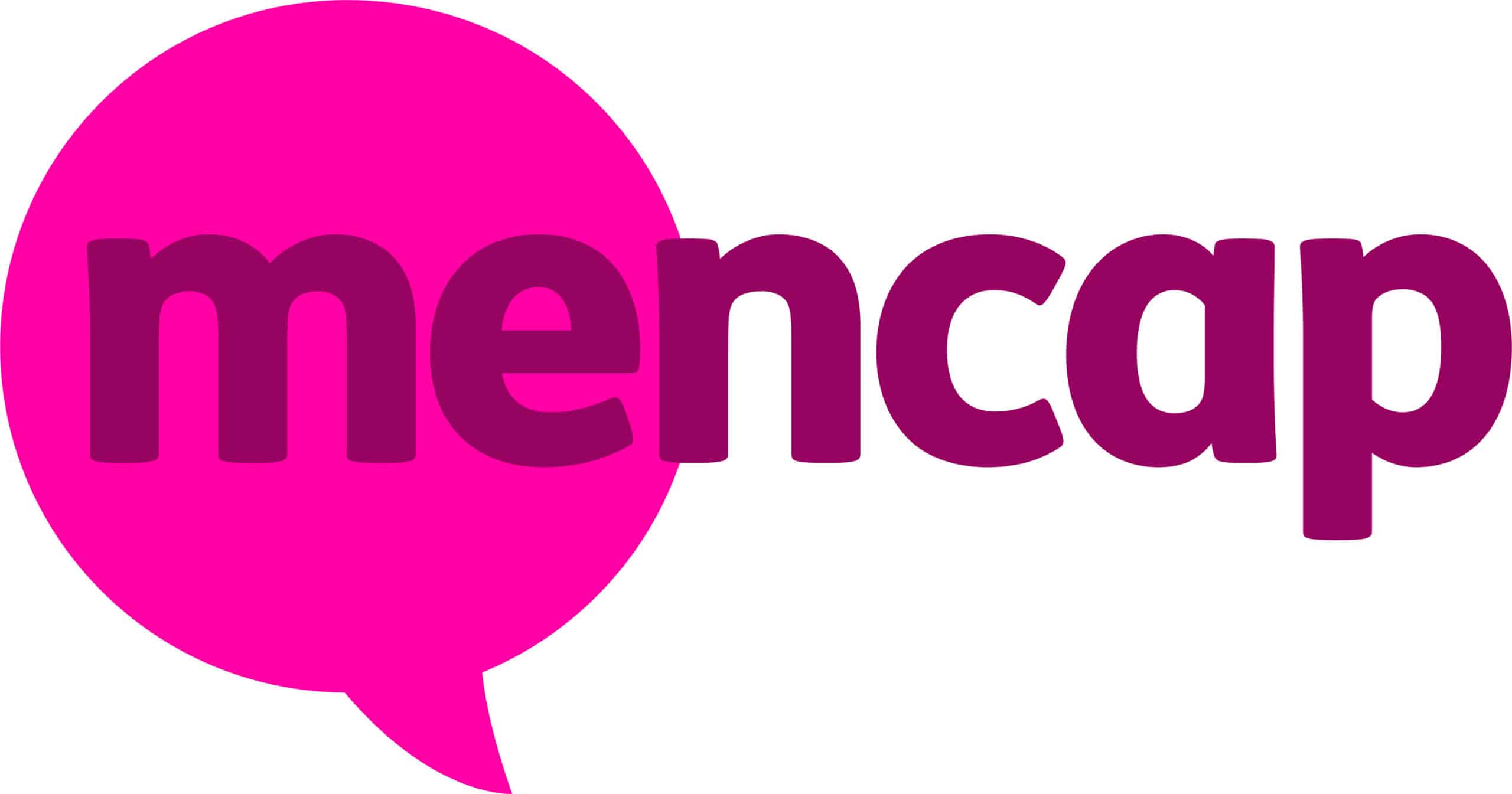Mencap
Streamlining processes with asset management
We spoke to Anjana Dixit, Senior IT Solutions Specialist and Change Manager, about how Mencap uses TOPdesk Asset Management to streamline their processes.

About Mencap
Mencap is a charity whose goal is to make the UK the best place in the world for people with a learning disability.
See how TOPdesk works
During this personalized demo, we’ll show you how TOPdesk can work for your organization.
Request demoCould you start by explaining why you decided to migrate from the old CMDB to asset management?
When we first heard about configuration management being discontinued, we knew we had to do something. We were using configuration management quite limitedly; it was not flexible and we were using it just for object IDs purposes when linking to incidents initially. However, we were struggling with things like getting certain types of reports and connecting to other modules. This drove us to start thinking about moving to new asset management. We heard about the benefits of asset management, like the reporting via the Odata feed using Power BI, which was a major plus point for us.
How did you approach the actual migration process?
We started by signing up for webinars provided by TOPdesk to prepare ourselves. After that, we started working on our own. We didn’t put it as a separate project, but it was kind of like a mini project that I was managing. We had to consider things like the asset import, the daily input that we have from other systems, and changing our old systems to suit the new asset management system. We did one Big Bang migration, moving everything at once. Before that, we did a quick training for the team and set up everything in a test environment first. After migration, we had to do certain things like setting up the import for the different types of assets.
One standout automation is creating new security incidents off the back of a leavers process. Changing the status creates a ticket off the back of it.
Anjana Dixit, Senior IT Solutions Specialist & Change Manager
What were the benefits you experienced after migrating?
The main benefits were around the reporting side of things and the flexibility of fields. With asset management, we have the flexibility of what exactly we want to see in a smartphone card as opposed to a desktop computer or other. The API call to Power BI for reporting purposes of flexibility was also a great benefit. We were also able to do a lot of things like automation, which wasn’t possible with configuration management.
What are some standout automations or action sequences that have proven useful within asset management?
One standout automation is creating new security incidents off the back of a leavers process. If someone has left and hasn’t returned their asset, changing the status would create a ticket off the back of it. This was a manual process before, but now we have set it up using action sequences.
If you were speaking to another organisation that was thinking of migrating to asset management, what is one piece of advice you would give them?
One lesson we learned was to review your current object “Type” before migrating. Once it’s migrated, you can’t move assets between the templates, which was a challenge for us. So, reviewing your current object type and getting rid of some of the ones that you don’t need is a must before migrating.
Over the last 12 months, we've had over 10,000 assets linked to incidents.
Anjana Dixit, Senior IT Solutions Specialist & Change Manager
Could you share any facts or statistics on how the migration has impacted your organisation?
Over the last 12 months, we’ve had over 10,000 assets linked to incidents. We no longer need to use the CSV export for reporting, which is a great benefit as it’s an old-school method and not having to worry about it is great. We have seen a lot of improvement since the migration.